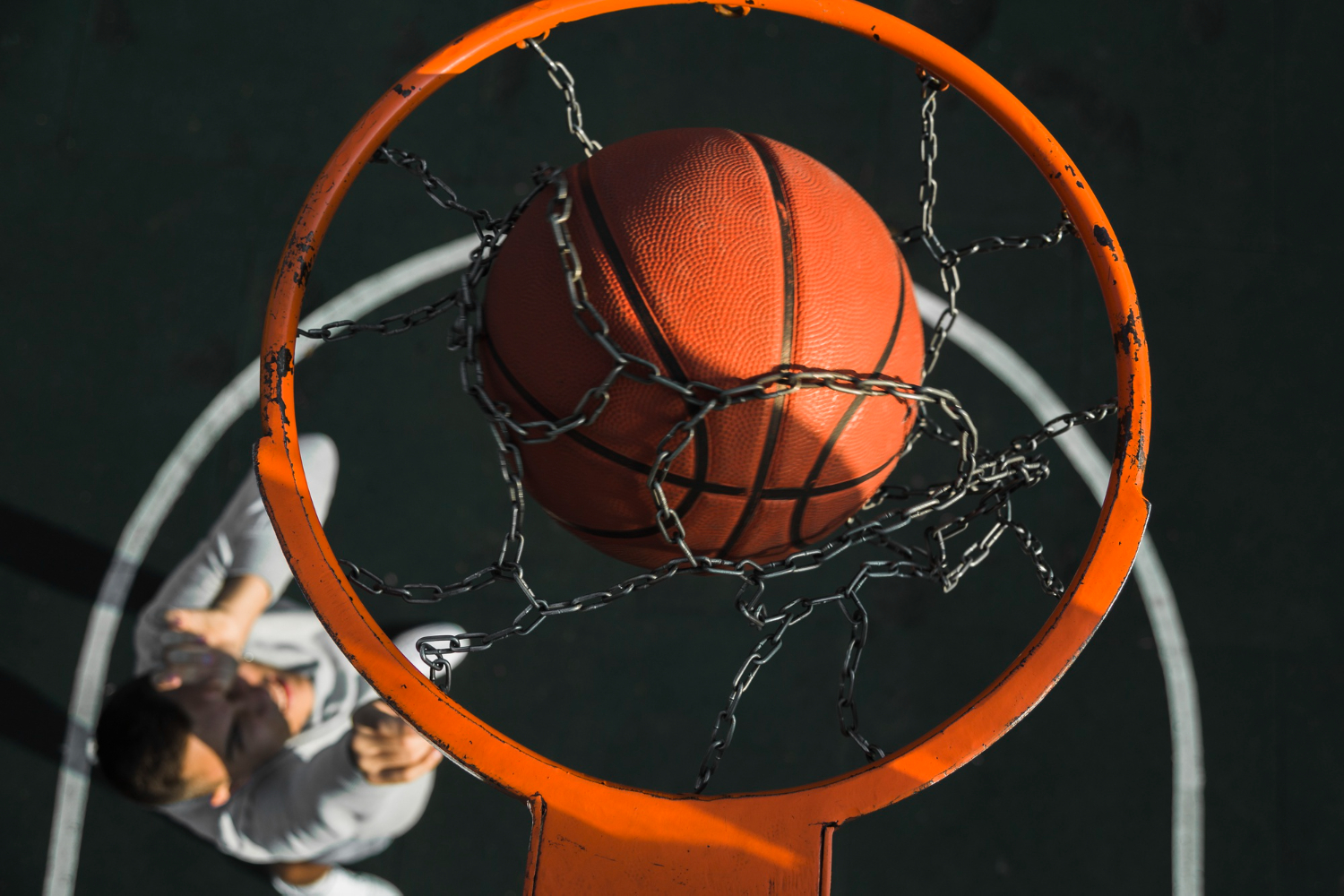In a recent matchup between the Utah Jazz and the Lakers, every possession and player contribution held weight. While the final score read 117–103 in favor of the Lakers, it doesn’t reflect how competitive the game truly was.
Not Just Another Game
The energy was high as the Lakers hosted the Jazz. Much of the pre-game discussion centered on LeBron James approaching a new career milestone and the Jazz performing well despite being in a rebuilding phase.
The younger Jazz team showed depth and talent, while the Lakers leaned on their experienced core. This contrast in team styles made for a dynamic game full of momentum swings and lead changes.
“We had to adjust and trust our process,” said Lakers coach Darvin Ham. “Utah made us work hard.”
Efficiency Over Volume
Even though the Jazz attempted more shots (96 to the Lakers’ 89), they struggled with efficiency. The Lakers shot 48.3% from the field, while the Jazz trailed behind.
LeBron vs. Markkanen
LeBron James and Lauri Markkanen were the standout players. LeBron dominated the third quarter, scoring 14 points and guiding the Lakers to a double-digit lead. He used his intelligence to exploit mismatches effectively.
Markkanen shined in the first half, scoring 17 of his 25 points. But after halftime, his impact dropped due to the Lakers’ defensive adjustments.
LeBron’s Scoring by Quarter:
- Q1: 6 points
- Q2: 5 points
- Q3: 14 points
- Q4: 3 points
Markkanen’s Scoring by Quarter:
- Q1: 10 points
- Q2: 7 points
- Q3: 4 points
- Q4: 4 points
LeBron also added three key assists in the final five minutes, showing his playmaking ability even without scoring.
Interior Battle: Davis vs. Kessler
Anthony Davis led the Lakers’ interior game with 23 points, 15 rebounds, and 4 blocks. He dominated the paint despite sitting much of the fourth quarter.
Walker Kessler, limited by foul trouble, still managed 3 blocks in 21 minutes. However, the Lakers had a clear edge in paint scoring and efficiency.
- Lakers in the paint: 68.4% shooting
- Jazz in the paint: 52.1% shooting
- Davis held Jazz shooters to 8-of-19 when he was the primary defender.
Guard Play and Ball Movement
D’Angelo Russell managed the offense well with 18 points, 9 assists, and only 2 turnovers. He worked well with Austin Reaves, who had 14 points, 6 assists, and played strong perimeter defense.
The Jazz guards, led by Jordan Clarkson (19 points), scored well but had more mistakes—especially with turnovers and missed defensive assignments.
- Lakers guards’ 3-point shooting: 6-of-14 (42.9%)
- Jazz guards: 4-of-13 (30.8%)
Bench Performance
The Lakers’ bench made key contributions, outscoring Utah’s 34–28. Rui Hachimura and Lonnie Walker IV provided timely offense. Their positive plus/minus stats reflect their impact.
Utah’s bench, including Talen Horton-Tucker (11 points), had moments but struggled overall with a -31 plus/minus.
Game-Changing Moments
- Third Quarter Surge: A 16–6 Lakers run led by LeBron and Davis.
- Russell’s Back-to-Back Threes: Turned momentum late in the third.
- Fourth Quarter Push: Jazz cut the lead to 8, but Lakers responded with a 14–4 run.
Advanced Stats Insights
- Lakers’ best lineup (LeBron, Davis, Russell, Reaves, Hachimura): +21.4 net rating in 12 minutes.
- Utah’s top lineup only played 8 minutes together due to foul trouble.
- The Lakers outscored Utah 22–14 after timeouts. They also kept their starters fresh, giving them an edge in the final minutes.
Key Defensive Adjustment
- Switching Davis onto Markkanen in the second half made a big difference:
- First half markkanen scored 17 points on 7-of-10 shooting.
- Second half vs. Davis: 8 points on 2-of-9 shooting.
- The Lakers’ second-half defensive rating improved significantly from 112.7 to 102.4.
FAQs
In terms of effect beyond scoring, what statistic best shows this?
With 12 passes and +18 plus/minus, LeBron made a big impact, as shown by his 28-point performance. His presence on the court helped the Lakers make 7% more field goals.
What bench numbers showed the change in depth?
Compared to Utah’s 37.9% field goal percentage, the Lakers’ backups shot 51.9%, and their +13 plus/minus score was very different from Utah’s -31.
How did the defending changes affect the player’s stats the most?
With Davis covering him, Markkanen could only score 8 points on 22% shooting in the second half after scoring 17 points in the first.
Arizona had more shots, but they still lost.
Although Utah tried 96 shots compared to the Lakers’ 89, they were not as successful: their true shooting percentage was 49.3% whereas the Lakers’ was 58.7%. In addition, the Jazz only made 28.1% of their three-point shots.
When looking at statistics, which player was the most underrated?
Notably, Austin Reaves quietly scored 14 points, dished out 6 assists, and had a game-high +19 plus/minus rating while hitting 75% of the time.
In contrast to seasonal rhythms, what trend?
Usually bad at scoring in transition, the Lakers beat the Jazz 23–14 in fast-break points by taking advantage of 18 Utah mistakes.
What numbers showed the difference in skill between the teams?
LesBron James and Anthony Davis each made four shots in the last five minutes, which helped the Lakers hold Utah to 22.2% shooting and three mistakes.
Conclusion
The Lakers won because they were more efficient, played smart, and defended better when it mattered most. LeBron and Davis led the way, and their supporting cast stepped up.
The Jazz showed heart and potential, especially in the first half, and Markkanen continues to grow into a strong offensive leader.




